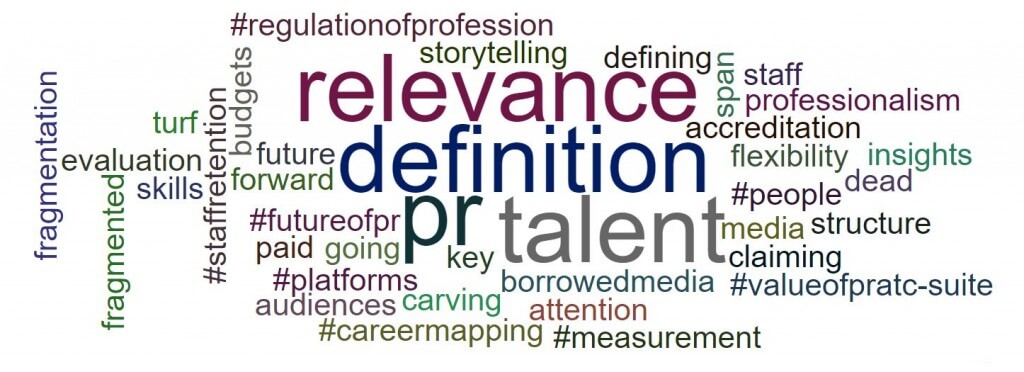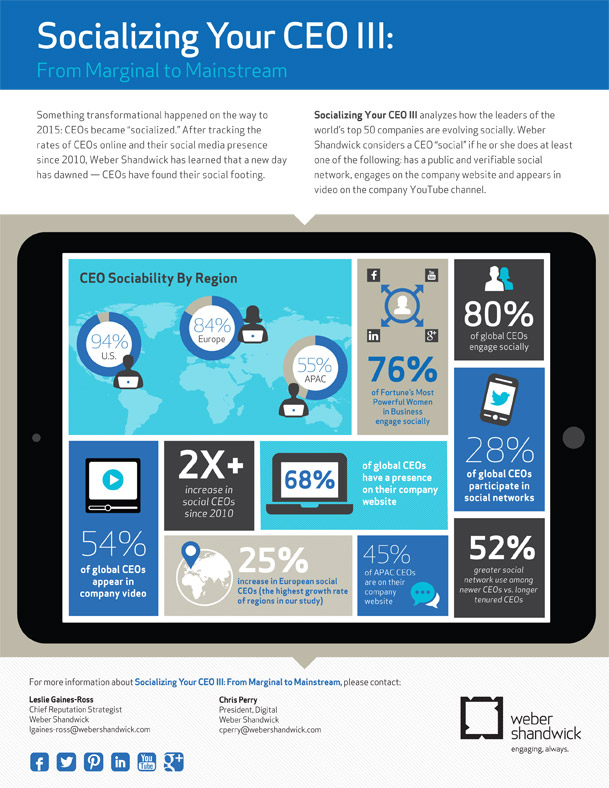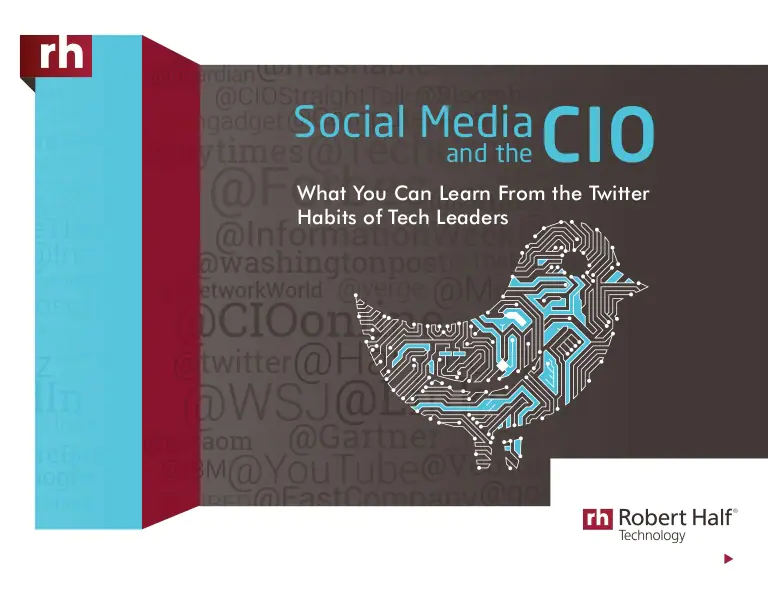The Business of Influence: 5 Principles of Successful Influencer Marketing
Today, every business is in the business of influence. More and more organizations are working with people who can influence desirable audiences to connect, engage, and make decisions—and purchases—on a powerful scale. However, unlocking the massive potential of influencer marketing in a networked world requires understandings and focuses that are eluding many organizations. As digital analyst Brian Solis reveals in his report ‘Influence 2.0: The Future of Influencer Marketing’, a reassessment of the value chain is vital for organizations to avoid lagging behind as the future of influence unfolds. Here are 5 key principles to help organizations re-evaluate the causes and characteristics of successful influencer marketing.
1. Effective relationship management is the driving force of influencer marketing
Relationships underpin the influencer marketing process, in which marketers borrow social capital from the relationships between influencers and their followers. However, as Solis emphasizes in the ‘Influence 2.0’ report, “You must do more than use the relationships of others to broadcast on your behalf, regardless of payment exchanged.” Instead, successful influencer marketing revolves around mutually beneficial relationships: connecting with the right people to create value not only for your brand, but also for the relationships influencers maintain with their communities.
In order to strengthen relationships and value creation, organizations are moving away from short-term, influencer-led campaigns towards more meaningful, long-term relationships that build trust and foster greater opportunities for ROI. According to Solis:
“The concept of Influence 2.0 is to help strategists envision a future of influencer marketing that aligns with the objectives of business, influencers, and customers. This is why…Influence 2.0 is centered on relationships…It’s time for brands and agencies to think beyond traditional endorsements and campaign-driving thinking.”
Recasting influencer marketing as “influencer relations” could, Solis suggests, create “a new discipline that transcends all relationship-driven marketing”. This would entail “not just a simple ‘rebrand’ of existing PR resources,” he stresses, but “continuous care through an influencer relationship management (IRM) platform and dedicated resources to connect customers with the people who influence them every day”.

2. A human approach to understanding customers and influencers can strengthen mutual value and social capital
An influencer and his or her community produce rich exchanges of mutual value and social capital, based on personal and professional ties. Executives can better capitalize on these ties if they invest in understanding how and why a particular influencer has actually earned their community, and what a mutually beneficially relationship might involve. As Solis points out, “few people actually read the work of influencers before reaching out to them”, an oversight which can reduce the uptake, quality and results of an influencer-brand relationship.
Likewise, deep customer understanding is essential for organizations to make the most of influencer marketing. According to executives surveyed for the ‘The 2016 State of Digital Transformation’ report, the top driver of CX-led digital transformation was understanding “evolving customer behaviors and preferences” (55%). At the same time, the top challenge was “understanding behavior or impact of a new customer” (71%). In-depth customer insights, therefore, remain crucial to help companies close the gap between what they assume customers value, want or do, and what customers actually value, want and do. As Michael Troiano, Chief Marketing Officer of Actifio, puts it:
“What customers want is intimacy…they expect to be understood as individuals, and to be treated like people. What marketers want is scale, the ability to touch lots of people at the most efficient CPM possible. The reason to get excited about social marketing is that it offers the promise of “Scalable Intimacy,” really the first medium to do so. And authenticity is the currency of this medium. You can’t “fake it,” by definition.”
Empathy and a focus on human to human (#H2H) interaction can foster the authenticity that organizations need to better understand and reach crowds with common values.
3. Influence requires championing and cross-functional leadership
In the ‘Influence 2.0’ report, a clear majority (71%) of surveyed brand marketers viewed influencer marketing as a strategic or highly strategic marketing category. Despite this, influencer marketing typically remains an add-on to a paid endorsement or PR program, rather than a standalone program with executive sponsorship. Indeed, 65% of surveyed companies assigned engagement with influencers to PR, but only 16% cited PR as the owner of their influencer marketing. This disconnect between the departments that own influencer marketing and those that execute it, is, according to Solis, stunting the growth of influence programs:
“To become more prominent within the marketing mix, influencer programs require someone to make the case, uniting stakeholders to lead a cross-functional initiative.”
Below is the Cross-Functional Influence Model Solis proposes in ‘Influence 2.0’:


By having a dedicated team that coordinates with various departments—for example, with Public Relations, Marketing, Digital Communications, Client Relations, IT, Sales, and HR—influencer relations can earn executive attention that transcends business functions. This, in turn, may benefit an organization’s larger digital transformation efforts by improving customer experience, since, as Solis puts it, “Customers don’t want to see the ‘cogs,’ they want to believe that businesses operate seamlessly and effortlessly to serve their needs.”
4. Influence never stops, and should be integrated with all touchpoints of the customer journey
Customer journeys are “always on”, and people are constantly turning to trusted others to help them make informed decisions. Therefore, Solis recommends mapping influencer relations against all stages of the customer journey:
“It’s uncommon for executives to live the business the way their customers and employees do, so escalating influence requires marketers to expose how, where, and why digital customers and employees seek information.
Where do they derive value?
Who do they trust?
And, how does engaging with your company affect each step of their decision-making journey?”
A successful influence program, in Solis’s view, “must consider outcomes across the board and then reverse engineer programs to deliver against them”. Business outcomes must be aligned “with influencer and customer objectives in each moment of truth—from awareness, to consideration, to decision, to overall experience”. This approach helps organizations clarify what factors are really driving their relationships forward and creating mutual value.
5. Influencers can align content creation and distribution with customer care and conversions
Integral to influencer relations is a shift from corporate-centric to customer-centric narratives. “Paradoxically, your “story” is not about you—it’s about what you do for others,” writes Ann Handley, Chief Content Officer of MarketingProfs. The customer, consequently, becomes the hero of your story.
A shift to influencer relations could help organizations to integrate customer experience with content strategies and influencer engagement. 80% of the organizations surveyed for ‘Influence 2.0’ describe influencer marketing as most impactful for content marketing. However, relatively few companies (22%) are linking their content strategy to the needs of customers throughout their journey. Influencers can bridge this gap by aligning content creation and distribution with each stage of the customer journey.

In the above framework from ‘Influence 2.0’, influencers produce and share useful and engaging content throughout the customer journey, from introducing new products and answering questions to showcasing new product capabilities and directing customers to points of sale, support and further information.
Innovation over iteration
The ‘Influence 2.0’ report by Brian Solis is valuable for its emphasis on helping organizations align the future of influencer marketing with the objectives of their business, influencers, and customers alike.
Without the shift to influencer relations proposed by Solis, influencer marketing risks becoming a process of iteration, where new tools generate similar results, rather than a process of innovation in which new strategies unlock value.
It will be interesting to see if and how PR can benefit from a cross-functional approach to influencer relations. What does seem likely is that success in the future of influence calls for an adaptive mindset and the ability to work together to optimize—and humanize—outcomes across the influence ecosystem.
Images: andy.brandon50; and concept diagrams from ‘Influence 2.0: The Future of Influencer Marketing‘ by Brian Solis from Altimeter



